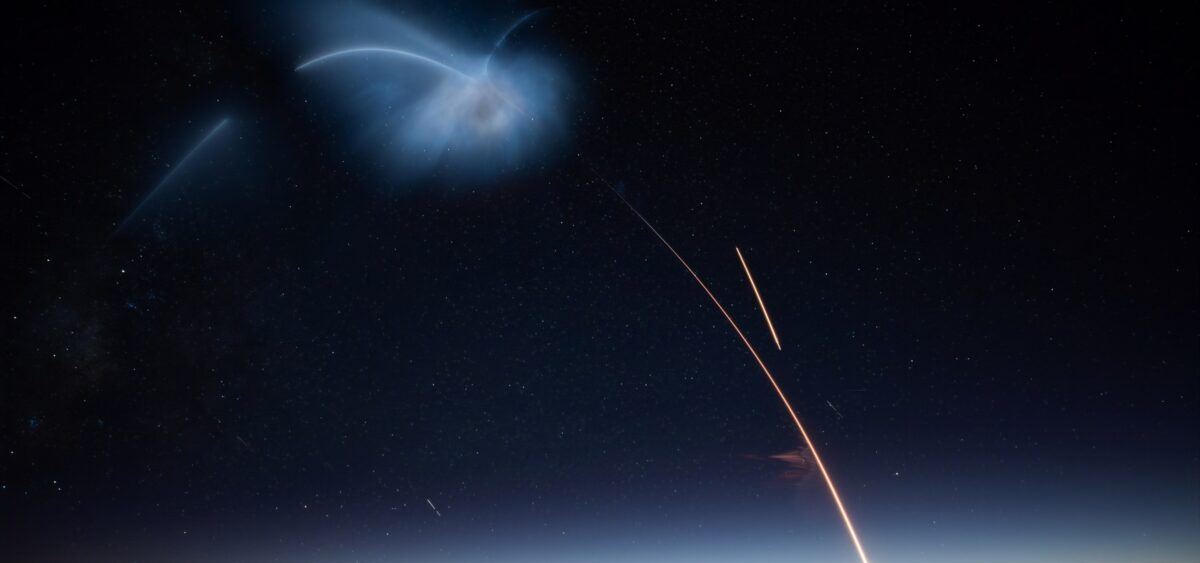
In the 1960s, the political theorist Hannah Arendt wrote an essay entitled “The Conquest of Space and the Stature of Man”. In our present era, when billionaires such as Elon Musk are attempting to colonize the likes of Mars, what might Arendt’s essay tell us about the commercialization of outer space – and the human condition?
On Wednesday 30th May 2020, billionaire Elon Musk’s SpaceX company launched its first human passengers into orbit from Florida’s Kennedy Space Center, opening a door to the commercialization of space. With the National Aeronautics and Space Administration astronauts Bob Behnken and Doug Hurley, and the SpaceX-manufactured manned orbital rocket, this was the first time that a private firm had carried humans into space orbit. For Musk, it was “a dream come true”, as he took a small step towards his ultimate goal: the colonization of Mars. But he is not alone, soon the billionaires Jeff Bezos and Richard Branson will follow suit with their respective commercial space exploration companies, Blue Origin and Virgin Orbit.
When the erstwhile USSR launched Sputnik into space in 1957, it was the first time that “an earth-born object made by man was launched into the universe.” Those were the times of the Cold War and the ‘space race’, with both the Soviet Union and the United States seeking to gain a technological edge over each other. This space expansionist ideology initiated by the two great powers of the era marked the beginning of what Hannah Arendt called “earth alienation”.
In 1963, soon after the first





